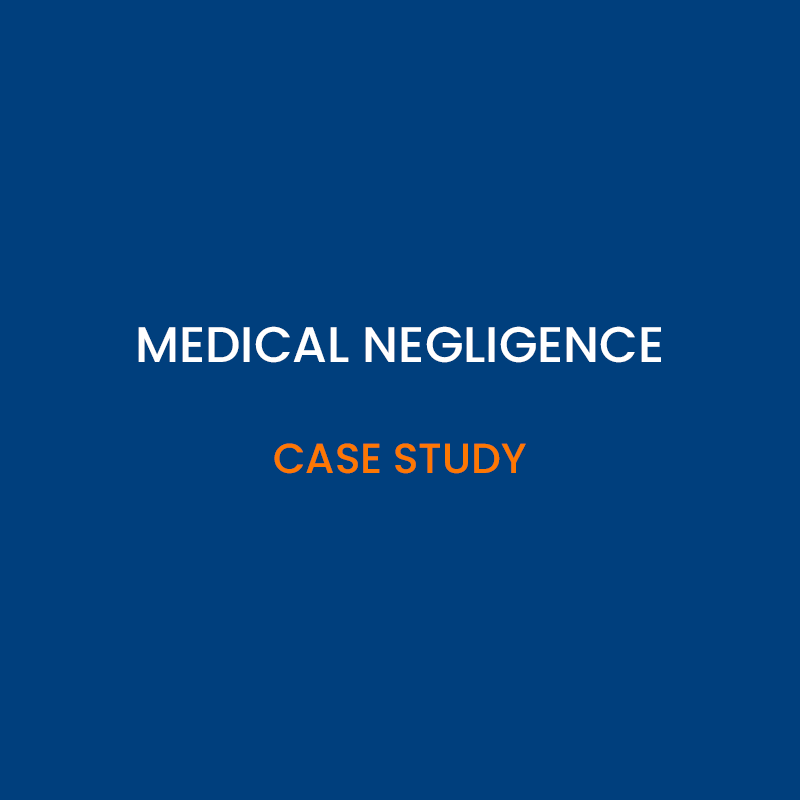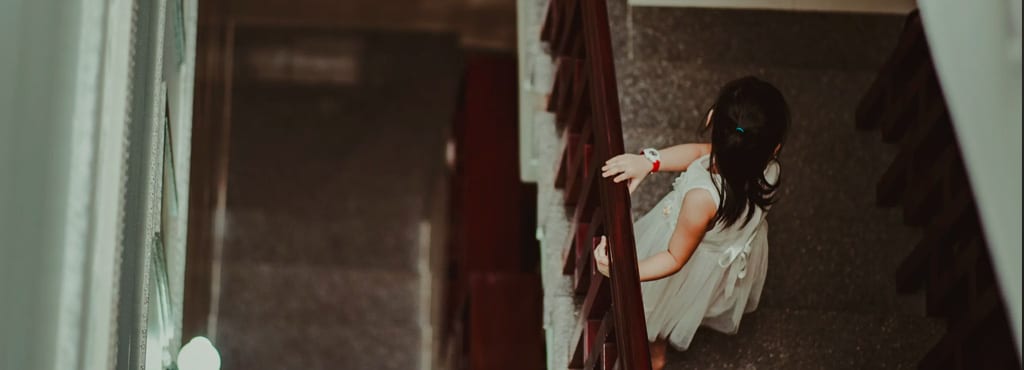We trust technology solves diagnostic issues in medicine. Do a test. That’s the mantra. Technology will explain the symptoms. Tiny cameras. MRI scans. CT scans. Blood tests. Samples examined under microscopes.
When diagnosis is sorted, treatment will follow. Restoration to full health.
This trust in technology isn’t just in us, the laymen, the patients, us who need NHS intervention to manage, to sort out, unexpected health complications.
Doctors also trust technology. Hospitals are full of cables, leads, devices, the endless bleep bleep, bleep bleep, numbers flashing on screens, automatic pumps for medication, automatic blood pressure testing…..
In some hospitals, nurses no longer write notes. They have laptops, or PDAs with digital pencils. Medical records stop being illegible. Instead, they are unintelligible as auto-edits turn coherent shorthand into nonsense longhand.
This seems good (mostly) – technology making medicine less dependent on flawed human decision making.
But technology is no panacea. Indeed, to use another cliche, technology is only as good as the user.
In this post I will give details of three recent clinical negligence cases we have on-going, when the use of technology has resulted in doctors making wrong clinical judgements which have led to serious injury in two cases, and death in the third.
Two of the cases involve diagnostic imaging. The third involves the magic eye of modern surgery, laparoscopy (“keyhole” surgery, so-called).
Case 1 – Failure to diagnose abscess leading to sepsis.
The patient underwent a Caesarean Section to deliver her third child. She was discharged from hospital after the usual 5 day recovery period, although she complained repeatedly of abdominal pain.
Over the next two weeks, a community midwife, her GP, and a junior gynaecology doctor, all noted separately a differential diagnosis of a possible collection (an abscess). Appropriately, she was referred for an ultrasound scan.
The instruction for the ultrasound said: ?collection – nothing else.
Because of the lack of specificity, the ultrasound scan failed to identify where within the abdomen the collection (abscess) may have developed. No one asked the patient exactly where her persistent pain was.
The result was that the doctor who performed the ultrasound scan did not image the area where the abscess was developing.
This was a clinical mistake made by the doctor who performed the ultrasound scan, and the doctor who gave inadequate instructions as what part of the abdomen to scan.
Now, there was an ultrasound scan report which wrongly excluded a collection, which meant that midwives and doctors stopped looking for an abscess. Infact, there were two abscesses developing.
During the month that followed, the patient became progressively more unwell, until she was admitted as an emergency patient having developed sepsis. She required surgery to deal with the abscesses. Intravenous antibiotics didn’t work.
Ultrasound imaging is old technology. It’s been around for decades. It became mainstream in the 1980s. Even though the quality of the imaging is not good, it is relied on in numerous areas of diagnostic medicine. Despite its relative crudeness, it is trusted, it is regarded as reliable.
Even when this patient was admitted to hospital, because of the scan a month earlier, infection was still doubted as the cause of her symptoms. It was only when a diagnostically superior CT scan was performed that the two large abscesses were imaged (to the obvious shock of the doctors treating her).
Although in this case, the CT scan did answer the diagnostic puzzle the misdirected ultrasound scan had obscured, as will be evident below, wrong interpretation of CT scan imaging can be even more damaging.
Case 2 – mistaken reading of CT imaging at a critical time
This patient’s case was complicated. The cause of her severe complications was difficult to unravel at the time they developed, and after her death. However, the correct diagnosis could and should have been made.
It was the misreading of the CT scan imaging at a point when the patient was becoming critically unwell, that lead to her death (or, at the very least, the loss of the chance of her being saved).
The patient had undergone a routine “safe” procedure called Uterine Arterial Embolisation (UAE) for the treatment of uterine fibroids. The procedure is intended to “kill” fibroids by cutting off the blood circulation to them. The medical term for what happens is ischaemia.
The procedure – UAE – involves the injection of embolic material into the blood vessels that supply the fibroids. This causes transient ischaemia. The human body being clever, finds a new way to enable blood to reach the uterus. Women undergoing UAE, usually suffer pain for around 12 hours, but then the body restores itself, thereby enabling discharge home within 24 hours.
In the case of this patient, she suffered acute pain that didn’t abate. By the time she had got to 48 hours after the procedure, she was showing signs of being significantly unwell, with considerable pain, some confusion, her heart rate climbing, and some blood tests showing odd and dramatic results.
Between 48 to 60 hours after the procedure, the patient deteriorated further. Her NEWS (national early warning score) became significant, her peripheries were cold, her breathing became difficult, her blood results worsened.
At about 60 hours after the procedure, a doctor wrongly diagnosed sepsis.
3 hours later (during the early hours of the morning), the patient underwent a CT scan performed by a junior doctor.
The junior doctor who performed the CT scan was not able to read the imaging. He suggested that the gallbladder was the cause of the patient’s symptoms, thereby, supporting the diagnosis of sepsis.
Following the CT scan, the patient was moved into ITU (she was critically unwell) where she was assessed by numerous senior and distinguished doctors, many of whom were confused by her symptoms, but continued to assume that the sepsis diagnosis, supported by the CT scan findings, was appropriate.
During the night of the 4th day, about 80 hours after the procedure, the patient died.
At the time of her death, the team of doctors treating her, were still unclear as to the cause of her deterioration, even after a misconceived last minute attempt at surgery was performed on the afternoon of the 4th day.
A post mortem was performed. This did not find any source of infection.
It follows from this that the working diagnosis of sepsis was wrong. Without infection, there is no sepsis. Sepsis is the escalation of infection from a local site to the whole body, which then leads to septic shock when organs fail because of sepsis.
The post mortem found what was described as an “ischaemic cascade”.
The transient ischaemia created by the UAE procedure, had not been transient, but had cascaded from the uterus to other organs of the body, causing multi-organ failure.
Shortly after the CT scan (done about 63 hours after the procedure) was performed, a discussion took place between a junior doctor treating the patient, and two consultants. The junior doctor noted two possible diagnoses – sepsis or intra-abdominal ischaemia. The consultants advised that sepsis was most likely. This was, without question, largely because of the CT scan findings.
Tragically, the CT scan, when properly read, supported what was the correct diagnosis – ischaemia which was apparent in various organs, including the uterus. Infact, the CT scan supported the diagnosis that the uterus was necrotic (dead).
In this case there was, thus, a different kind of cascade. The persuasiveness of the interpretation of the CT scan imaging erroneously suggesting sepsis (somehow associated with changes to the gallbladder) blinded almost all the doctors, of all levels of seniority, to the correct diagnosis.
Had this patient being correctly diagnosed at around 60 hours after the procedure, she may have been able to undergo an emergency hysterectomy.
As said above, technology is only as good as the users of it.
Case 3 – laparoscopic cholecystectomy
Just because surgery can be performed through a “keyhole” doesn’t mean that surgeons can cut corners, or turn a difficult job into an easy job.
In this case, the patient had developed complications with his bile duct/gallbladder. The decision was made to remove the gallbladder laparoscopically. This was, and is, routine surgery.
Laparoscopic surgery presents a specific difficulty which is that because the incision into the body is small, when the instruments are inside the body (beneath the skin), visibility is poor. Skill is required, therefore, on the part of the surgeon, to ensure that although the surgery may be routine, the basics are adhered to, one of which is clarity as to the anatomy of the patient.
In the case of this patient, the surgeon did not visualize the anatomy, so he did not appreciate that the two parts of the bile duct, as a result of chronic inflammation, had become attached together. Because of this, during the surgery he cut the bile duct without realising he had done it, until afterwards.
After the surgery, the surgeon was less than frank about his error. He repaired the damage in a way that stored up future complications. He did not tell the patient about this, nor did he ensure that there was regular follow-up to manage the likelihood of the poorly repaired bile duct constricting.
The outcome was that the patient developed chronic biliary sepsis because the poor repair did cause constriction and therefore blockage of the bile duct. This was traced back to the surgical damage some years later, since which time he had has undergone numerous procedures attempting to manage the constriction. Doubtless, he will undergo more.
Technology. Wonderful for many patients. Disastrous for others. Even with the most advanced medical equipment, what the clinicians do with it, determines its value.
If you wish to discuss a potential clinical negligence case, contact the writer, John Holtom, consultant solicitor, either on jholtom@lspartnership.co.uk or john@freemanharris.co.uk or call the Dunstable office 01582 417 208 or call Talha in the London office on 0207 790 7311.


